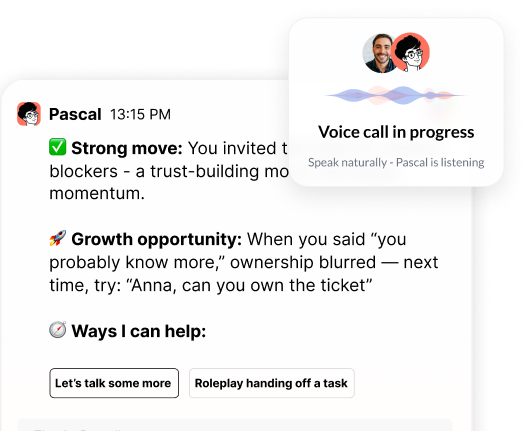Technology doesn’t transform companies. Leaders do.
That's been true through every major shift: cloud migration, mobile-first strategies, the rise of social media. Each wave required leaders to adapt how they work. But here's what's different now: the pace of change has compressed, and the playbook keeps rewriting itself mid-execution.
A recent HBR study examined nearly 300 leaders across various industries to understand who actually thrives in moments of digital disruption. Their answer: those who can balance seven competing leadership tensions between traditional and emerging leadership styles:
- Teller vs. Listener: projecting direction vs. absorbing input.
- Intuitionist vs. Analyst: trusting gut instinct vs. relying on data.
- Perfectionist vs. Accelerator: prioritizing quality vs. speed.
- Constant vs. Adapter: staying consistent vs. pivoting with new information.
- Tactician vs. Visionary: executing short-term plans vs. setting long-term direction.
- Power-Holder vs. Power-Sharer: centralizing authority vs. distributing it.
- Prospector vs. Miner: scanning for opportunities vs. extracting full value from ideas.
Take the tension between telling and listening.
For decades, leadership was about projecting a strong point of view. But in the age of AI, where technology can surface insights from across the organization in real time, from customer sentiment, to employee feedback and operational patterns, leaders who only tell, miss critical signals. Effectiveness now depends on the ability to listen: to what the data reveals, what frontline teams are experiencing, and what markets are signaling. Leaders who combine the two don't just give direction. They create alignment by showing that decisions are shaped by real input, not just instinct.
Or consider tactician versus visionary.
The tactician ensures plans run on time, the visionary sets a long-term direction. AI collapses the distance between the two. You need vision to know which AI capabilities to invest in, but you also need tactical speed to implement before competitors do, or before the technology itself evolves past your plans. Lean too hard on tactics and you risk optimizing workflows with AI tools that will be obsolete in six months. Lean only on vision and you risk talking about AI transformation while others are already extracting value. The leaders who stand out are the ones who can execute for today while painting a compelling picture of tomorrow.
Among the seven tensions, one stood above the rest: prospector versus miner.
Prospectors scan widely for opportunities and threats. Miners go deep into an idea, allocating resources and seeing it through. The researchers found that the most effective leaders did both in sequence: “going wide” to explore, “going deep” to invest, then “coming up again for air” to reassess. In the era of generative AI, where new capabilities emerge weekly and competitive advantages erode in months rather than years, the ability to shift between prospecting and mining is no longer optional. Fail to prospect and you'll miss the moment when AI could automate your core process, or when a competitor uses it to undercut your pricing by 30%. Fail to mine and you'll have a graveyard of pilot projects that never scaled, each one abandoned for the next shiny tool.
The new equilibrium
Leaders are being asked to operate with new levels of flexibility, awareness, and speed. Balancing these tensions requires support systems that provide feedback in real time and tools that help leaders know when to listen, when to tell, when to prospect, and when to mine.
At Pinnacle, we see AI as a critical ally here, not to replace judgment, but to strengthen it. With the right support, managers can use AI to expand perspective, stress-test decisions, and stay balanced between short-term execution and long-term vision.

.webp)








.png)